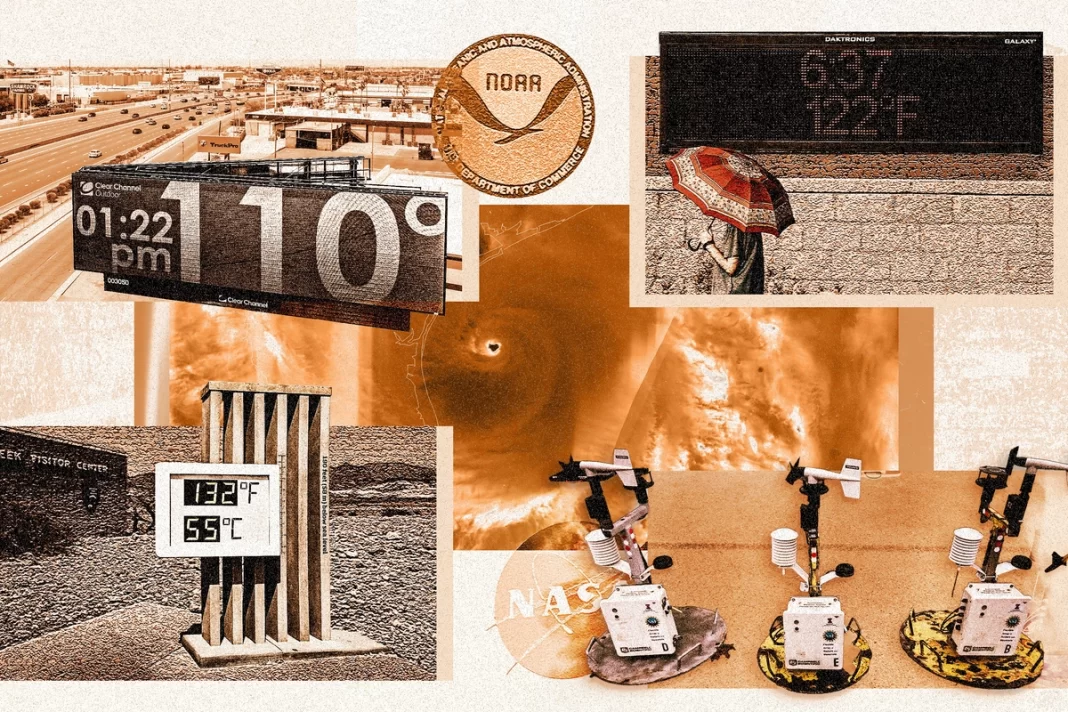Meteorologist finds 96 percent of NOAA temperature stations located in ‘urban heat islands,’ including next to exhaust fans and on ‘blistering-hot rooftops.’
To preserve a “livable planet,” the Earth can’t warm more than 1.5 degrees Celsius above pre-industrial levels, the United Nations warns.
Failure to maintain that level could lead to several catastrophes, including increased droughts and weather-related disasters, more heat-related illnesses and deaths, and less food and more poverty, according to NASA.
To avert the looming tribulations and limit global temperature increases, 194 member states and the European Union in 2016 signed the U.N. Paris Agreement, a legally binding international treaty with a goal to “substantially reduce global greenhouse gas emissions.”
After the agreement, global spending on climate-related projects increased exponentially.
In 2021 and 2022, the world’s taxpayers spent, on average, $1.3 trillion on such projects each year, according to the nonprofit advisory group Climate Policy Initiative.
That’s more than double the spending rate in 2019 and 2020, which came in at $653 billion per year, and it’s significantly up from the $364 billion per year in 2011 and 2012, the report found.
Despite the money pouring in, the National Oceanic and Atmospheric Administration (NOAA) reported that 2023 was the hottest year on record.
NOAA’s climate monitoring stations found that the Earth’s average land and ocean surface temperature in 2023 was 1.35 degrees Celsius above the pre-industrial average.
“Not only was 2023 the warmest year in NOAA’s 174-year climate record—it was the warmest by far,” said Sarah Kapnick, NOAA’s chief scientist.
“A warming planet means we need to be prepared for the impacts of climate change that are happening here and now, like extreme weather events that become both more frequent and severe.”
But a growing chorus of climate scientists are saying the temperature readings are faulty and that the trillions of dollars pouring in are based on a problem that doesn’t exist.
More than 90 percent of NOAA’s temperature monitoring stations have a heat bias, according to Anthony Watts, a meteorologist, senior fellow for environment and climate at The Heartland Institute, author of climate website Watts Up With That, and director of a study that examined NOAA’s climate stations.
“And with that large of a number, over 90 percent, the methods that NOAA employs to try to reduce this don’t work because the bias is so overwhelming,” Mr. Watts told The Epoch Times.
“The few stations that are left that are not biased because they are, for example, outside of town in a field and are an agricultural research station that’s been around for 100 years … their data gets completely swamped by the much larger set of biased data. There’s no way you can adjust that out.”
By Katie Spence









